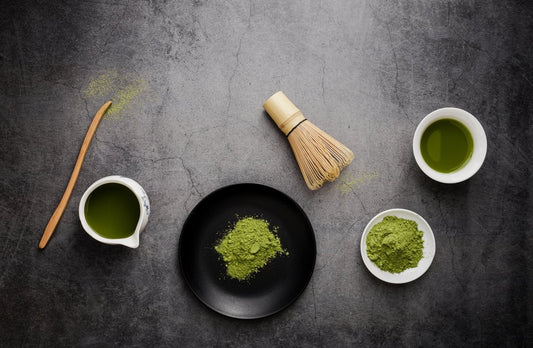The History of White Fairy
White Fairy has a rich history dating back to the Tang Dynasty (618-907 AD) in China. It was considered a precious gift to the Emperor and his court, produced in small quantities for the highest-ranking officials. Over time, the production spread, giving rise to variations like White Fairy.
The Taste of White Fairy
White Fairy is heavily oxidized for a white tea, resulting in a complex, coppery liquor with sweet notes of chamomile and peach. The tea gets its name from the distinct fuzzy, white buds that form a significant part of its composition. The buds are carefully picked, dried, and undergo an average oxidation process of 12 to 15 hours, contributing to the tea's unique flavour.
Health Benefits of White Fairy White Tea
White Fairy offers numerous health benefits, including increasing metabolism, improving immune system function, and reducing the risk of cardiovascular disease. It boasts high levels of antioxidants, combating free radicals that can cause cell damage. With a low caffeine content, it provides a natural way to stay alert.
Preparing White Fairy
To prepare White Fairy, use one teaspoon per cup and steep in water heated to 185°F for 2 to 3 minutes. It can be enjoyed on its own or with a touch of honey or lemon. Pair it with light salads, fruit, or desserts like angel food cake for a delightful culinary experience.
Embracing the Enchanting Allure of White Fairy
White Fairy captivates tea enthusiasts with its enchanting flavour, rich history, and health benefits. Its complexity and unique taste make it a tea worth exploring. Take a journey to the mountains of Jin Jing, Hunan, and indulge in a cup of White Fairy today. We hope this blog post inspires you to expand your tea collection and embark on a delightful sipping experience.




